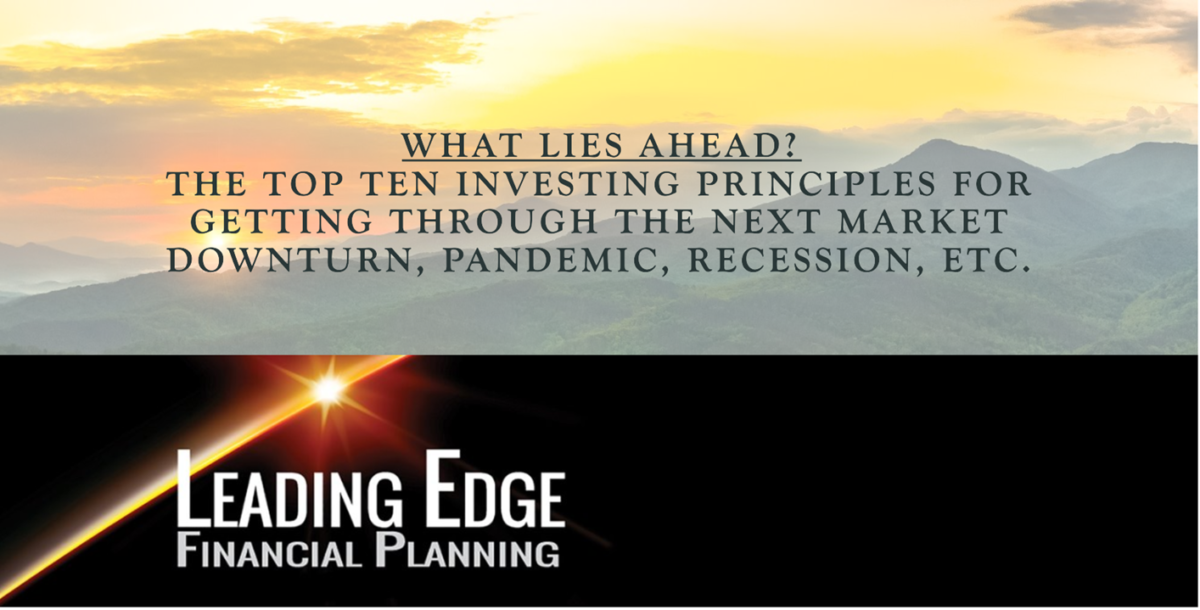
“While higher interest rates, slower growth, and softer labor market conditions will bring down inflation, they will also bring some pain to households and businesses”
- Jerome Powell, August 26, 2022
Upon utterance of these words the equity markets promptly tanked ending the day with a cascade of selling and the S&P500 finished down over 3%. The selling continued over the next several days. Some have jokingly been referring to the Fed Chief as “President” Powell as the markets currently care little about anything else other than analyzing every word he utters for any hint as to whether theFed is dovish (lower interest rates) or hawkish (higher interest rates).
Well, after hearing the above quote, market participants deemed this to be hawkish, which means it was time to sell. News reporters seemed to think the markets were waiting for a sign from the Fed that they were going to back off the rate hikes they have indicated are coming. Why they would think that when inflation (CPI) is currently running 9% year over year is beyond me. We want the Fed to raise rates. Let me explain.
There is no greater drag on our collective financial futures than inflation. Even more than higher taxes or investment fees. Over the last 50 years (Aug 1972-Aug 2022), the S&P 500 has returned a nominal 10.5% CAGR (Compound Annual Growth Rate) with dividends reinvested. After adjusting for CPI, that figure drops to 6.3%. The difference in real dollar amounts is staggering. After 50 years, a $1,000 investment turned into $147,269. However, in purchasing power terms this only increased to $21,215!
The average CPI over this time period was very close to 4%. Think about what 9% would do to our hard-earned dollars over any extended period of time. I want the Fed to keep raising rates, even over 4%, if necessary. Monetary policy(Fed actions)got us into this(along with some fiscal stimulus) and now must get us out. If the Fed needs to induce a recession to get inflation down, so be it. The equity markets will likely recover, and we will be much better off in the long run with lower inflation. The S&P 500 is down 20% YTD as of this writing, what if the recession is already priced in? On the topic of interest rates, I’ve had a number of clients and friends inquiring about whether they should wait for mortgage rates (currently ~5.9%) to decrease before they buy. To be blunt, this makes little sense. As mortgage rates go higher, housing prices must come down (at least on a nationwide basis). The vast majority of homes are purchased with a mortgage, and there is an upper limit on the payments that households can afford. Always remember that the maximum mortgage amount a bank will lend you is based on the monthly payments and their relation to your income, not the home price or interest rates. For example,a $500,000house with 20% down requires a $400,000 mortgage. At 3%, P&I on this home is $1,686per month. At 6%, this jumps to $2,398/month, a 42% increase! To keep payments at the original $1,686/month, the maximum mortgage amount would drop to $281,200.Combined with the original $100,000 down payment, this suggests a home price of $381,200, a decline of over 20%!
I think this is very realistic, particularly in areas of the country with the highest appreciation over the last few years (think Texas, Florida, and Nevada). The bottom line is you are much better off with cheaper property at a higher interest rate than the other way around. You can always refinance later if rates come back down. If you find a house that you can afford and plan to live in for at least ten years, I wouldn’t be concerned about the interest rate but instead, focus on the purchase price.
Important Information:
Leading Edge Financial Planning LLC (“LEFP”) is a registered investment advisor. Advisory services are only offered to clients or prospective clients where LEFP and its representatives are properly licensed or exempt from licensure. For additional information, please visit our website at www.leadingedgeplanning.com.
The information provided is for educational and informational purposes only and does not constitute investment advice and it should not be relied on as such. It should not be considered a solicitation to buy or an offer to sell a security. It does not take into account any investor's particular investment objectives, strategies, tax status or investment horizon. You should consult your attorney or tax advisor.
The views expressed in this commentary are subject to change based on market and other conditions. These documents may contain certain statements that may be deemed forward looking statements. Please note that any such statements are not guarantees of any future performance and actual results or developments may differ materially from those projected. Any projections, market outlooks, or estimates are based upon certain assumptions and should not be construed as indicative of actual events that will occur.
All information has been obtained from sources believed to be reliable, but its accuracy is not guaranteed. There is no representation or warranty as to the current accuracy, reliability, or completeness of, nor liability for, decisions based on such information, and it should not be relied on as such.










